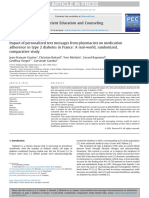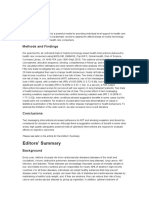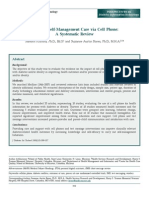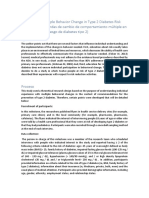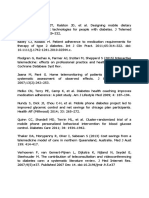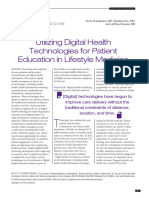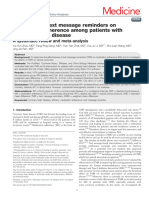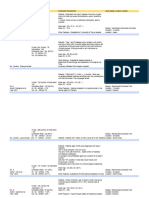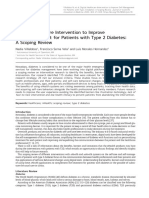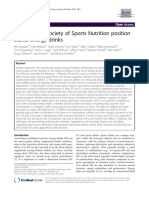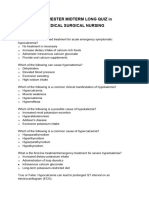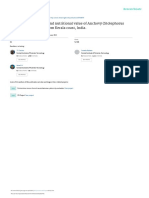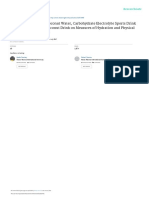0% found this document useful (0 votes)
3 views5 pagesReading Comprehension
This study evaluates the effectiveness of a personalized text messaging service led by pharmacists to improve medication adherence among type 2 diabetes patients in France. Results showed that while the SMS group had better adherence scores after three months, the improvement did not persist after the cessation of messages. The findings suggest that pharmacy-led innovations like text messaging could enhance patient engagement and understanding of their treatment.
Uploaded by
Samylla AlmeidaCopyright
© © All Rights Reserved
We take content rights seriously. If you suspect this is your content, claim it here.
Available Formats
Download as DOCX, PDF, TXT or read online on Scribd
0% found this document useful (0 votes)
3 views5 pagesReading Comprehension
This study evaluates the effectiveness of a personalized text messaging service led by pharmacists to improve medication adherence among type 2 diabetes patients in France. Results showed that while the SMS group had better adherence scores after three months, the improvement did not persist after the cessation of messages. The findings suggest that pharmacy-led innovations like text messaging could enhance patient engagement and understanding of their treatment.
Uploaded by
Samylla AlmeidaCopyright
© © All Rights Reserved
We take content rights seriously. If you suspect this is your content, claim it here.
Available Formats
Download as DOCX, PDF, TXT or read online on Scribd
/ 5
